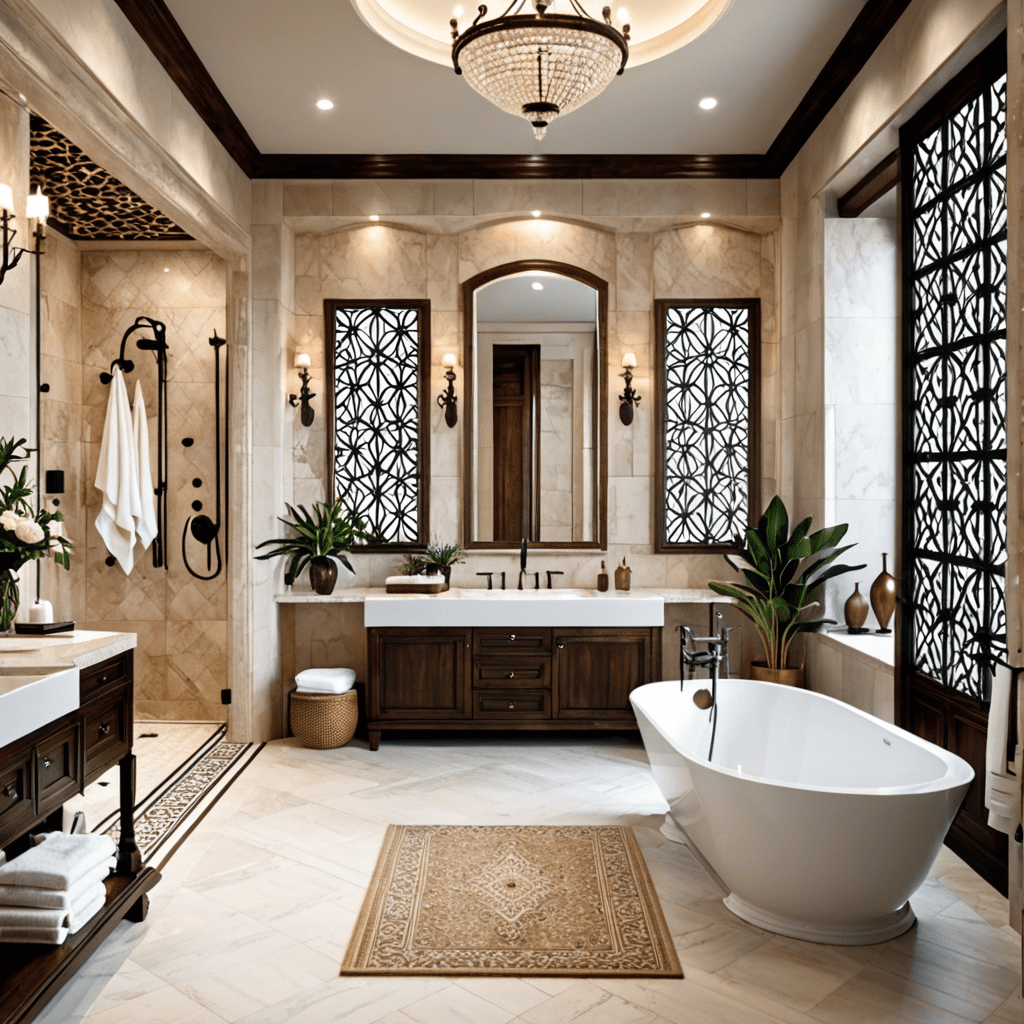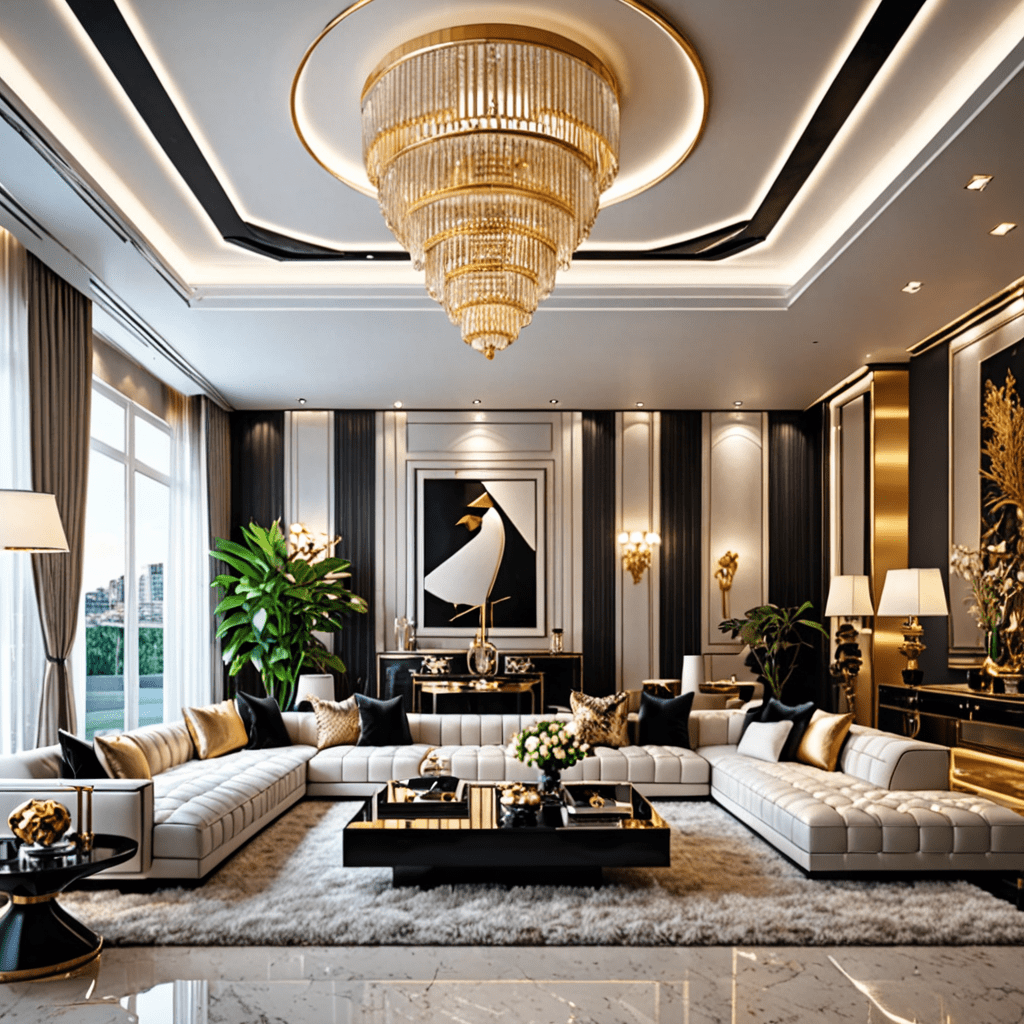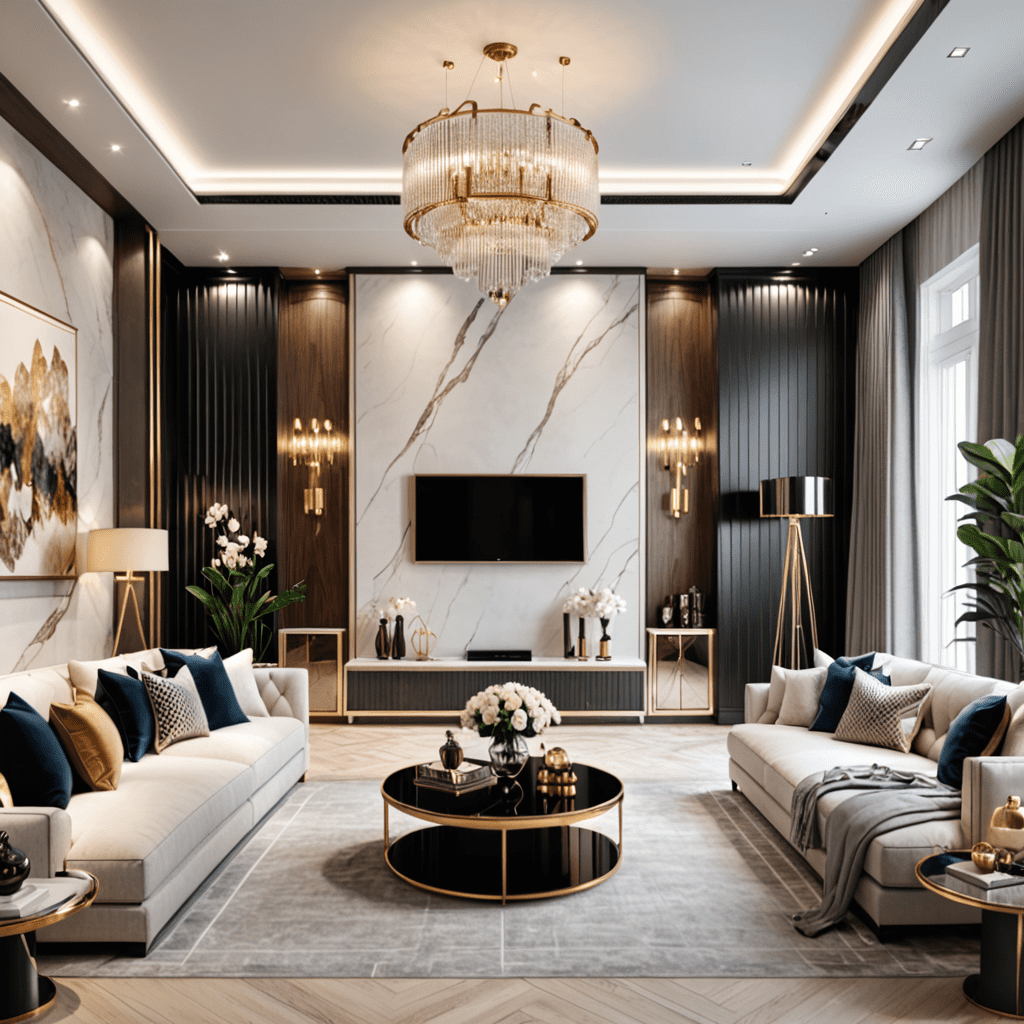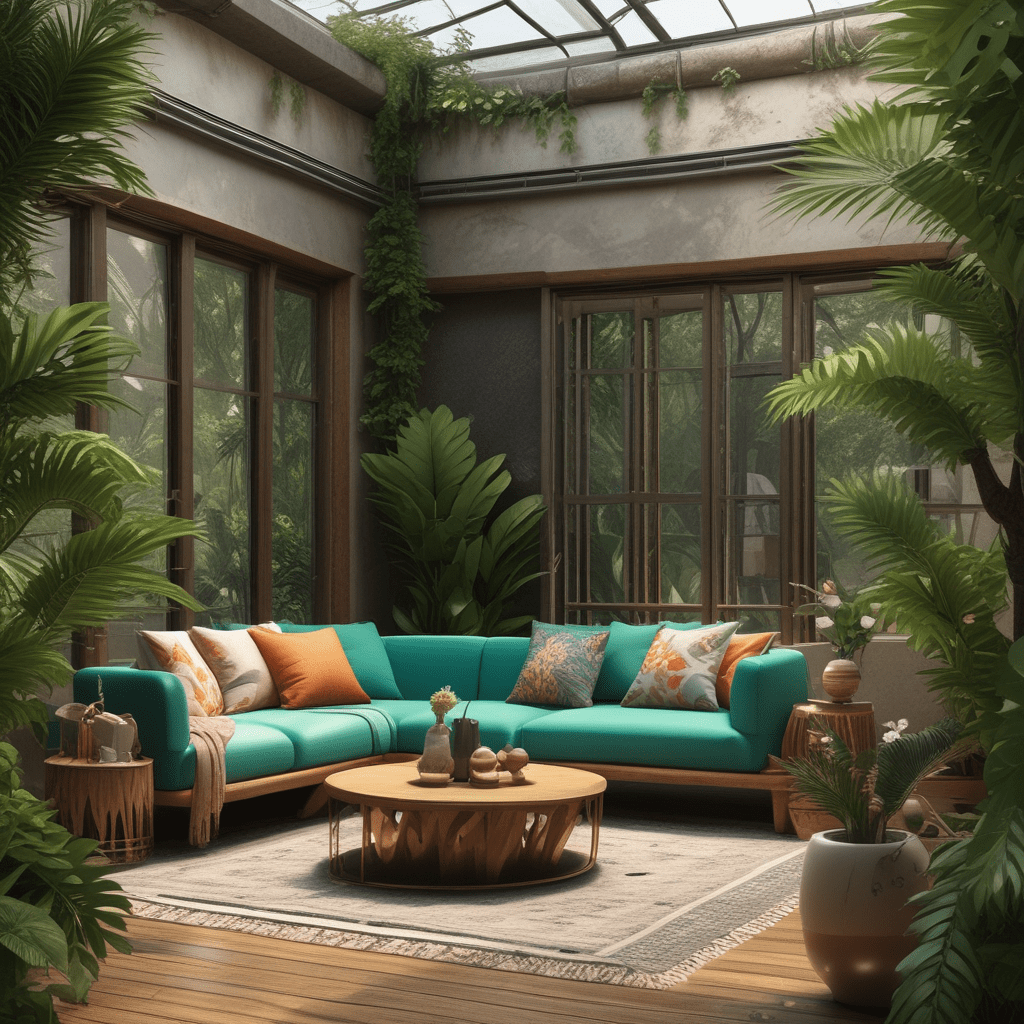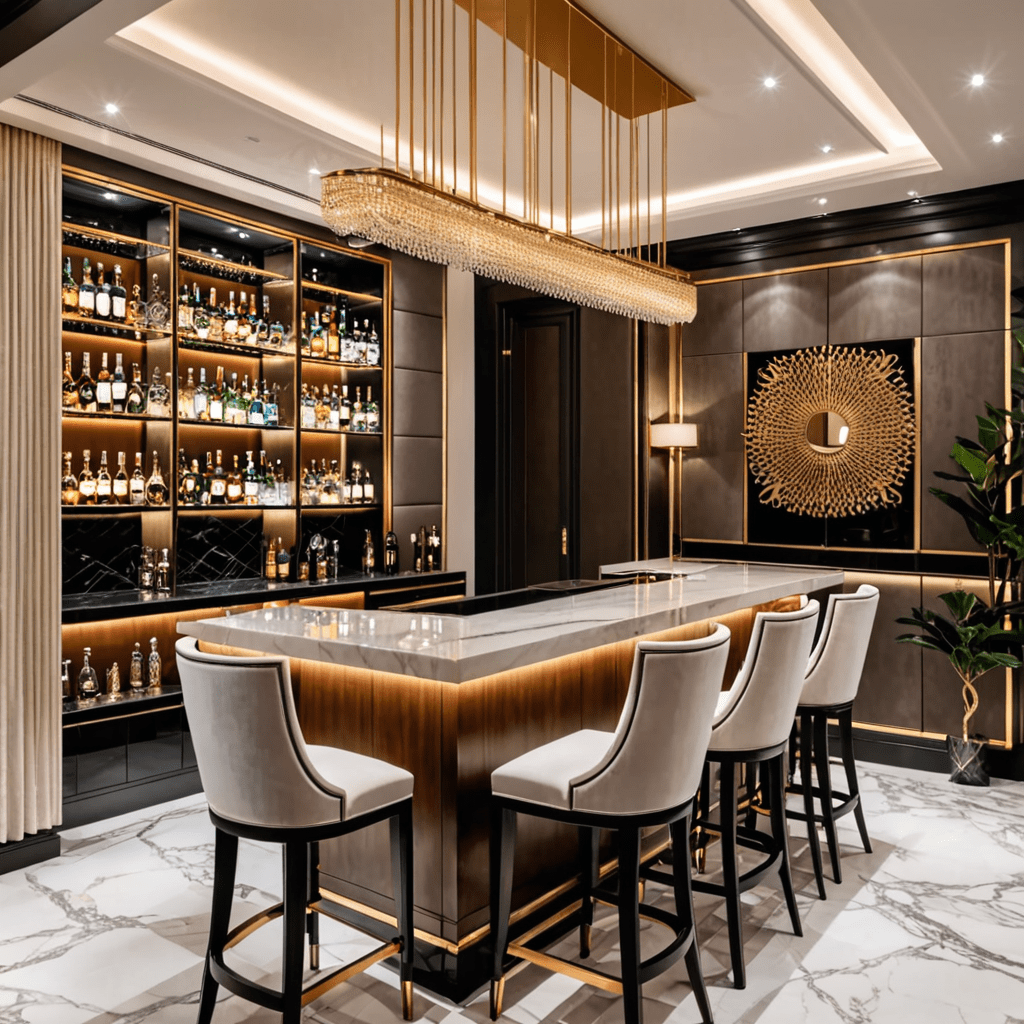Analogous Color Scheme: Elevating Your Home Interior Design
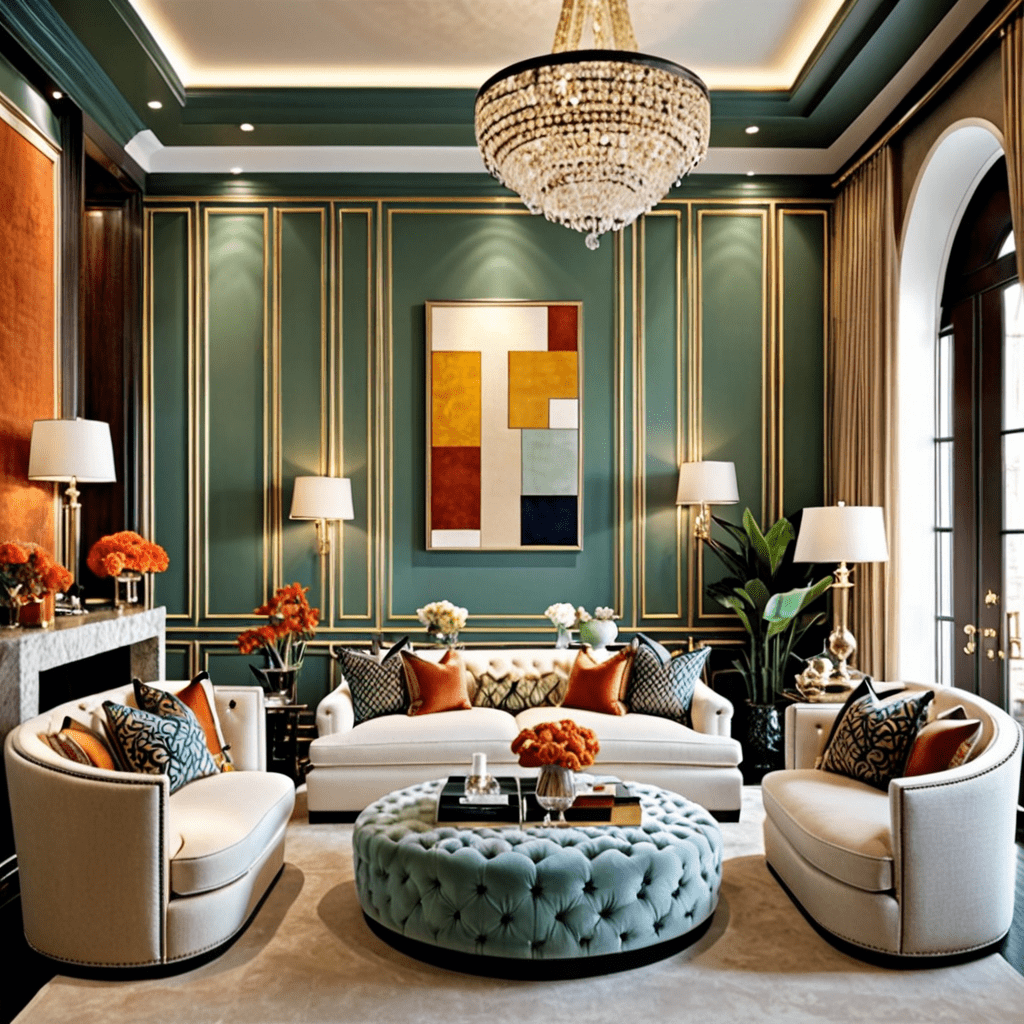

Analogous Color Scheme: Elevating Your Home Interior Design
1. Introduction
Welcome to our blog post on using an analogous color scheme in interior design. In this article, we will explore what an analogous color scheme is and how it can be effectively used to elevate the design of your home. Whether you are a professional interior designer or a homeowner looking to spruce up your living space, understanding and implementing this color scheme can make a significant impact.
2. What is an Analogous Color Scheme?
An analogous color scheme refers to using colors that are adjacent to each other on the color wheel. These colors usually share a common base color and create a harmonious and cohesive look when used together. Examples of analogous color schemes include blue, green, and teal or yellow, orange, and red.
3. Advantages of Using an Analogous Color Scheme
Using an analogous color scheme in your home interior design can offer several advantages. Firstly, it creates a sense of unity and cohesion throughout the space, providing a visually pleasing environment. Additionally, it allows for subtle variations and shades, providing depth and interest to the overall design. Moreover, an analogous color scheme can evoke specific moods and emotions, depending on the chosen colors.
4. Choosing the Right Analogous Color Scheme
When selecting an analogous color scheme for your home, consider the overall style and mood you want to achieve. Start by identifying a dominant color and then choose two to three adjacent colors on the color wheel. It is important to consider the intensity and saturation of the colors to create the desired effect. Experimentation and using color swatches can be particularly helpful during the selection process.
5. Applying an Analogous Color Scheme in Different Rooms
Each room in your home can benefit from an analogous color scheme, and it can be adapted to fit various design styles. In the living room, for example, you can use warm, earthy tones like reds and oranges to create a cozy and inviting atmosphere. In the bedroom, you may opt for calming and soothing blues and greens to promote relaxation. The kitchen can benefit from vibrant and energetic yellows and oranges, while the study can be enhanced with rich, deep purples and blues.
6. Adding Contrast and Accent Colors
To prevent your analogous color scheme from becoming monotonous, it is crucial to incorporate contrast and accent colors. These can be achieved by adding pops of complementary colors or using neutral shades as a backdrop. By introducing contrasting elements, you can create visual interest and make certain features or furnishings stand out.
7. Frequently Asked Questions (FAQ)
Q: Can I use different shades within the analogous color scheme?
A: Absolutely! In fact, using varying shades and tones within the same color family is highly encouraged. This allows for a more dynamic and layered look in your interior design.
Q: Is it necessary to use all the colors in the analogous color scheme?
A: No, it is not necessary to incorporate all the colors. You can select which colors within the scheme work best for your desired design outcome and use them accordingly.
Q: Can I combine an analogous color scheme with other color schemes?
A: Yes, you can definitely combine an analogous color scheme with other color schemes like complementary or triadic. However, it is essential to maintain a sense of balance and unity in your design.
Q: How do I know if an analogous color scheme is right for my home?
A: It ultimately depends on your personal taste and the atmosphere you want to create. Experiment with color swatches and visualize how the colors will work together in your space before committing to the scheme.
Q: Can I use an analogous color scheme in a small room?
A: Yes, an analogous color scheme can work well in a small room. By using lighter shades and avoiding overly saturated colors, you can create an illusion of space and make the room feel larger.
Q: How can I introduce an analogous color scheme without repainting the entire room?
A: If you prefer not to repaint, you can introduce the analogous color scheme through accessories such as cushions, curtains, rugs, artwork, or furniture pieces. These elements can still have a significant impact on the overall design.
Q: Are there any specific color combinations that work best with an analogous color scheme?
A: While there are no strict rules, some popular and visually appealing analogous color combinations include blue-green-turquoise or yellow-orange-red.
Q: Can I use an analogous color scheme in a minimalist design?
A: Absolutely! The simplicity and clean lines of a minimalist design can be enhanced by using an analogous color scheme. Stick to one or two shades within the scheme to maintain the minimalist aesthetic.
Q: Should I consider the natural lighting in my space when choosing an analogous color scheme?
A: Yes, natural lighting can significantly impact the perception of color. Consider how the natural light interacts with the colors in your space and test how they appear under different lighting conditions.
Q: Are there any specific interior design styles that commonly incorporate analogous color schemes?
A: Analogous color schemes can be found in various design styles, including traditional, modern, and eclectic. They offer versatility and can be adapted to suit different aesthetics.
In Conclusion
An analogous color scheme can be a powerful tool in enhancing your home interior design. By understanding the fundamentals of color harmony and knowing how to apply it effectively, you can create a visually appealing and harmonious living space. Remember to experiment, trust your instincts, and have fun with the colors to make your home truly reflect your personal style.
